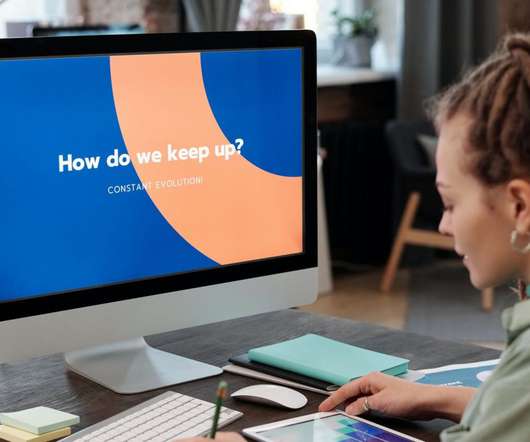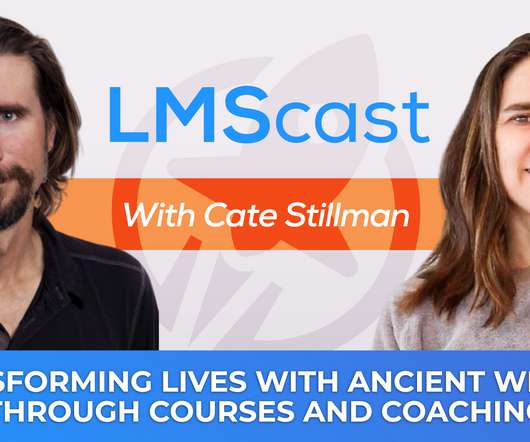Flipped learning for talent development: Lessons from the college classroom
CLO Magazine
APRIL 16, 2021
What I knew about teaching is what I remembered from my undergraduate and graduate courses — the “sage on the stage” delivering a well-crafted lecture accompanied by a PowerPoint. Until I almost fell asleep during a lecture. . In 2001, I picked up a course that met on Thursday nights. Upping the training game.






































Let's personalize your content